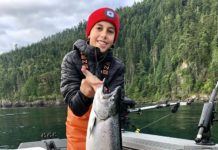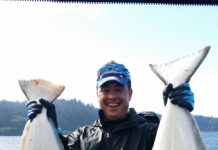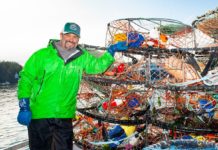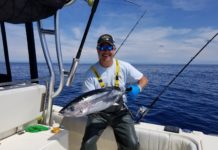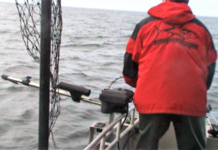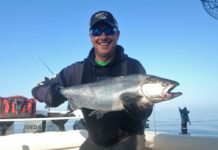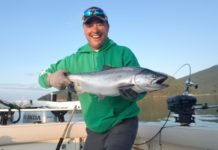
One spectacular hard rock area had a very high coral diversity during a on Retriever Seamount. This one image has bamboo corals, black corals, and octocorals, all living together to form a community. Image courtesy of NOAA Okeanos Explorer Program, Our Deepwater Backyard: Exploring Atlantic Canyons and Seamounts.
Did You Know?
Comprised of more than 30 submarine volcanic peaks, the New England Seamount Chain in the North Atlantic Ocean is one of Earth’s many unexplored and poorly known ocean features.
In 2013 and 2014, NOAA Ship Okeanos Explorer mapped and conducted remotely operated vehicle operations to learn more about the longest seamount chain in this part of the ocean. Information on seamount features and marine life collected during Okeanos missions has already been applied towards protection of this habitat.
Many deep-sea animals, such as corals and sponges, are sessile, meaning they spend most of their lives permanently attached to rocks. As opposed to a flat seafloor, seamounts rise off the seafloor and are basically underwater islands, providing plenty of structure for animals to attach and grow.
Also, because these animals cannot move around to find food, they are dependent upon ocean currents to bring their food to them. A seamount, rising up out of the sea floor, has strong currents that frequently run over it, providing the animals living along its flanks with a constant supply of planktonic food.
These currents also produce localized upwelling of water around the seamount. Nutrients like nitrates and phosphates, which are critical to the growth of phytoplankton, are lifted from the deep to the sunlit surface waters. These nutrients fuel an explosion of planktonic plant and animal growth, and attract larger animals such as whales, sharks, tunas, and seabirds to a veritable feast.
Additionally, those same currents carry larvae, like shipwrecked mariners, from various geographically distant areas. Seamounts thus provide a place for these lost larvae to settle and grow, so you find animals living side by side that normally are not found together.
All of these factors mean that at seamounts, you’ll likely find high biodiversity, or a wide variety of life.
For More Information:
Diversity of Animal Life on Seamounts, Davidson Seamount
High Biodiversity in the Deep Sea, INDEX 2010: Indonesia-USA Deep-Sea Exploration of the Sangihe Talaud Region
Marine Biodiversity, Cayman Islands Twilight Zone 2007
Seamounts, Ocean Exploration Educational Materials: By Theme
Sign up for the Ocean Explorer Email Update List.


